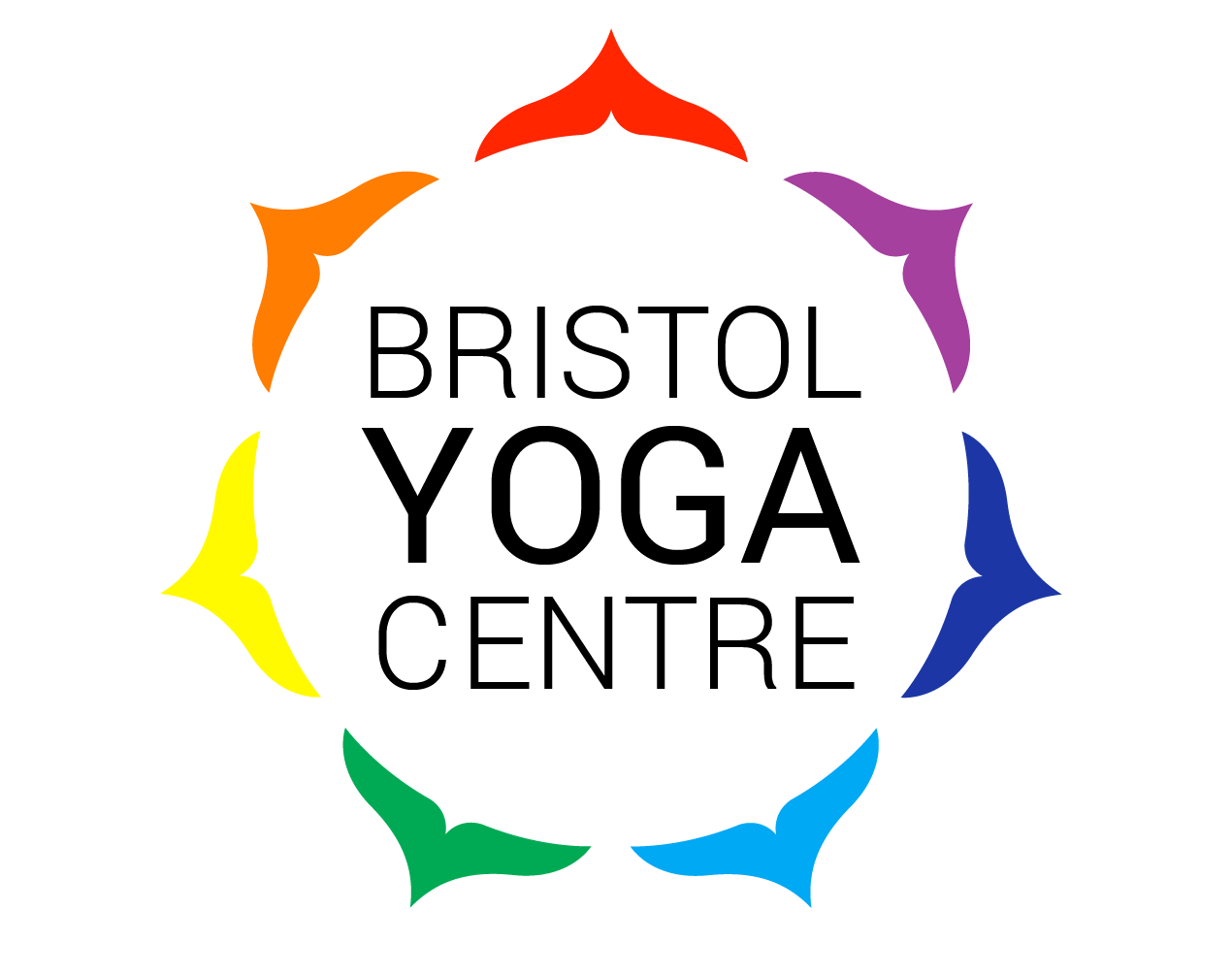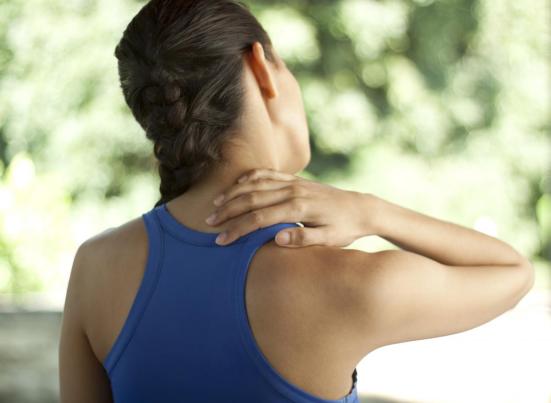"In the beginner's mind there are many possibilities, but in the expert's there are few. "
- Shunryu Suzuki, Zen Monk
I have just completed a Mindfulness Meditation teaching course at Yoga Campus and one of the first handouts we were given was on Zen’s way of Beginner’s Mind. This reminded me of an excellent article on the subject that I was given for my BWY Foundation course in 2003 with Sally Worth. It’s written by Eric Gregory in 1986 and I believe he is one of the oldest members of BWY (he’s 100 years old and recently featured in their magazine!!).
The writing is simple and I love the way that it beautifully describes mindfulness in our everyday life and yoga practice. It’s one of the documents that I give to my Foundation course students, now that I teach the course. I thought I would share this excellent writing on mindfulness in our yoga practice and life.
Beginners Mind by Eric Gregory (1986)
In his book "The Dancing Wu Li Masters", the author Gary Zukav records a conversation he had with AI. Huang. Al. Huang is a famous teacher of Tai Chi in America.
"I asked Huang how he structures his classes. ‘Every lesson is the first lesson,' he told me. Every time we dance, we do it for the first time.’ ‘But surely you cannot be starting new each lesson, I said. Lesson number two must be built on what you taught in lesson number one and lesson number three likewise must be built on lessons one and two and so on!’ ‘When I say that every lesson is the first lesson’, he replied, ‘it does not mean that we forget what we already know. It means that what we are doing is always new, because we are always doing it for the first time.’
This is another characteristic of a Master. Whatever he does, he does with the enthusiasm of doing it for the first time. This is the source of his unlimited energy. Every lesson he teaches (or learns) is a first lesson. Every dance he dances, he dances for the first time. It is always new personal and alive."
This approach is what is known as 'Beginners Mind which is a term used in Zen to indicate the way in which one should approach life. It means having a fresh uncluttered approach to everything, free from prejudices, ideals, and preconceptions. Unfortunately our minds are cluttered with prejudices ideals and preconceptions and these colour everything we do and think! All this clutter means that we do not approach anything with an open mind. We always expect something or other.
We all have a Yoga posture that we find difficult or do badly or just plain do not like. So when this comes up in class, our mind immediately fires back to the last time we did it - and didn't enjoy it - and so we approach it with foreboding. We say to ourselves "That always hurts, (or is uncomfortable)" or "Everyone else can do this better than I can and I shall stick out like a sore thumb!", and so on. Whereas, if we could do it with ‘Beginners mind’ we would simply experience the posture without making any judgement as to whether or not it was easy or difficult, comfortable or uncomfortable, or whether or not we were doing well or poorly. And we would do it to the very best of our ability.
Bikram Choudhury wrote "Perfection is the very best you can do at the time". Unfortunately we all have the ideal performance in our mind and become very disappointed or desperate or push ourselves too hard, when we fall short of our ideal. This idea is not meant simply to apply to our practice of the postures. It applies to life as a whole. We all look back, I am sure, to early childhood when the world was a fascinating place to explore and full of things to discover. I love to see a young child watching, with intense concentration a bee in a flower or an ant walking up a piece of grass. There is total absorption and one can apprehend the feeling of wonder the child is experiencing. Alas, as we grow older we become ‘more sophisticated’ which means we have our mind full of value judgments against which we measure everything. Thus the bee on the flower or the ant on the grass stalk are hardly noticed or if they are, they are noted as ‘just a bee’ or ‘an ant’ and not worthy of attention - we have "more important things to do!"
If you think about it, you will see that we are living in the past, judging the present in terms of past experience. So we never have the present as it is here and now - to be experienced and enjoyed. No two situations in life are ever the same. No two sunsets are alike, no two flowers are alike – all is changing as we ourselves are. If we crystallise our response to everything in terms of the past, we loose precious opportunities of experiencing the wonders of life around us. The most sophisticated person is also the most blasé and bored person. The most powerful way of becoming aware of the wonder of life is to be told one has only few months to live. Then one looks at everything with a new eye! So why don’t we start whilst we have (hopefully) a bit longer to do it in? How often do we pour ourselves a cup of tea without much attention. Next time, pay close attention. Notice the stream of tea as it leaves the teapot, see the colour of it, how it glitters in the light, how it flows into the cup notice the curl of stream. Enter fully into the experience.
I always tell my students that they do not come to class to do Yoga! They come to learn the techniques of Yoga – they do Yoga in the rest of their lives – in the remaining 166 hours of the week! In a Yoga class one should learn something about oneself. Do you approach the posture aggressively trying to lambaste your body into doing your will! Do you ‘freewheel’ at the more demanding postures – making a good show but not really trying? Do you become tense in a posture? Do you use more muscles than are needed? Have you found that a relaxed approach enables you to go further? Do you ‘throw it away’ – i.e. as soon as the teacher tells you to stop, do you whip out of it, thankful that it’s over? All your reactions to how you do the postures will mirror the way you approach situations and problems in life.
If on the other hand you can start to work with a ‘Beginner’s Mind’, you will approach each posture or each situation in life with the attitude of “let’s see what this feels like today” or “what are the possibilities in this for me today”. Of course, past experience is useful, but only as something to use in present circumstances where it can help. The wrong attitude is where our past experience is allowed to colour or prejudice our attitude and so prevent us from fully experiencing or learning from, or solving our present involvement in a situation. A further complication can be that a lot of our past experiences that colour our attitudes are not even our own. We are greatly influenced by the opinions of others – our parents, our brothers and sisters, our teachers, our school friends, TV, Films, advertisements, books and a host of other prejudices, ideas over the years. So, by the time we are adults, we have very little of our own, that is, that which we have arrived at independently of other influences. All these things we must learn not to throw away but allow them to stop us from experience life, freely, joyfully and to the full.
I hope you enjoyed reading this article!




















